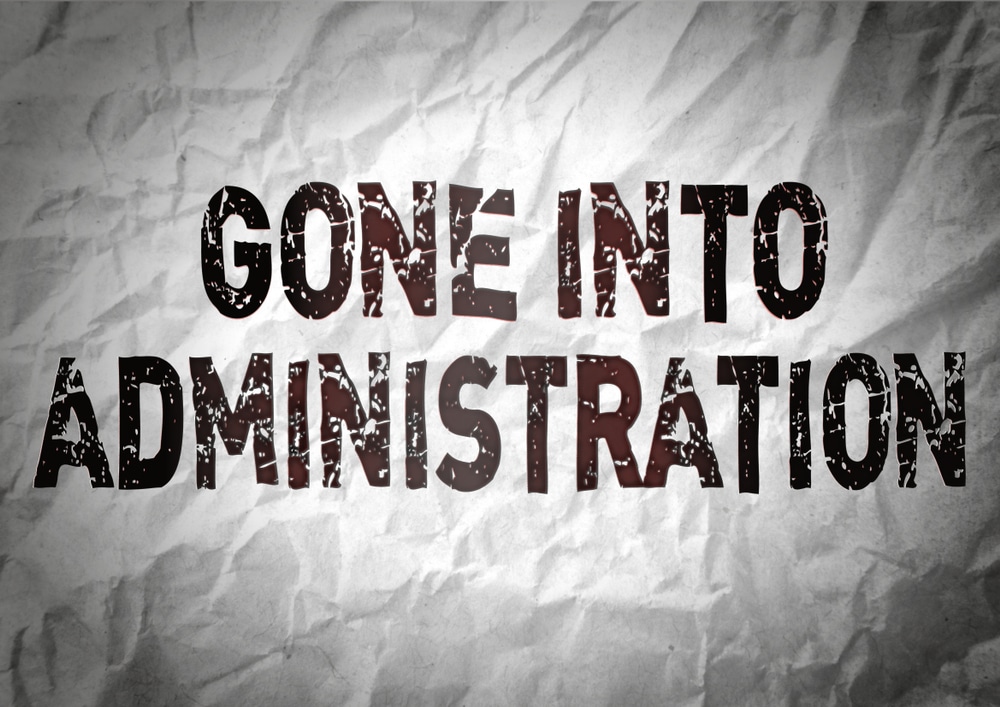Insights right into Company Administration: What Occurs to Employees When a Company Goes into Liquidation?
Insights right into Company Administration: What Occurs to Employees When a Company Goes into Liquidation?
Blog Article
The Refine and Repercussions of a Company Entering Administration
As a business encounters financial distress, the decision to go into administration marks an important point that can have far-reaching implications for all involved celebrations. The process of getting in administration is intricate, including a collection of actions that intend to browse the business in the direction of possible healing or, in some cases, liquidation.
Overview of Company Management Process
In the world of business restructuring, a necessary preliminary step is acquiring a detailed understanding of the elaborate business administration procedure. Firm administration refers to the official bankruptcy procedure that aims to save a monetarily distressed firm or attain a better outcome for the business's creditors than would certainly be possible in a liquidation scenario. This procedure entails the visit of an administrator, that takes control of the business from its supervisors to examine the economic circumstance and determine the finest strategy.
During administration, the company is given defense from lawful activity by its creditors, supplying a postponement duration to create a restructuring plan. The administrator collaborates with the company's management, lenders, and various other stakeholders to create a strategy that may include marketing business as a going concern, reaching a business volunteer setup (CVA) with financial institutions, or ultimately positioning the company right into liquidation if rescue attempts prove futile. The key objective of company management is to make the most of the go back to financial institutions while either returning the firm to solvency or closing it down in an organized fashion.

Roles and Duties of Manager
Playing an essential duty in looking after the company's monetary events and decision-making processes, the administrator thinks significant obligations throughout the corporate restructuring process. The main responsibility of the administrator is to act in the finest interests of the company's lenders, intending to attain the most positive end result feasible - into administration. This includes conducting a comprehensive evaluation of the company's monetary circumstance, developing a restructuring strategy, and implementing strategies to make the most of returns to financial institutions
Additionally, the administrator is responsible for liaising with numerous stakeholders, including employees, suppliers, and regulatory bodies, to make sure transparency and compliance throughout the management procedure. They must likewise communicate effectively with investors, supplying normal updates on the business's development and seeking their input when essential.
In addition, the manager plays a crucial function in handling the daily procedures of business, making essential choices to maintain continuity and preserve worth. This includes evaluating the viability of various restructuring options, bargaining with creditors, and ultimately directing the company towards a successful exit from administration.
Influence On Business Stakeholders
Assuming an important setting in managing the firm's financial events and decision-making processes, the administrator's actions during the corporate restructuring process have a direct impact on different company stakeholders. Clients may experience disturbances in services or item schedule throughout the management process, influencing their trust and commitment towards the company. Additionally, the community where the firm runs can be affected by prospective job losses or modifications in the firm's procedures, affecting regional economic climates.
Legal Implications and Responsibilities
During the procedure of firm administration, careful consideration of the legal implications and commitments is vital to ensure compliance and secure the passions of all stakeholders entailed. When a business goes into management, it triggers a set of lawful demands that click site need to be stuck to. Among the key responsibilities is for the designated manager to act in the very best interests of the company's creditors. This task calls for the manager to conduct complete examinations into the company's events, evaluate its financial placement, and establish a technique to make the most of go back to lenders.
Furthermore, legal ramifications arise concerning the treatment of employees. The manager should adhere to work regulations regarding redundancies, staff member civil liberties, and commitments to offer needed details to staff member representatives. Failing to abide by these lawful demands can lead to lawsuit versus the business or its managers.
Furthermore, the company entering administration might have contractual responsibilities with different parties, consisting of providers, property managers, and consumers. These agreements require to be reviewed to identify the most effective strategy, whether to terminate, renegotiate, or fulfill them. Failing to handle these legal responsibilities properly can lead to conflicts and possible lawful effects. In significance, understanding and meeting lawful why not try these out responsibilities are vital elements of browsing a firm via the administration process.
Techniques for Company Recovery or Liquidation
In thinking about the future direction of a company in management, strategic planning for either recuperation or liquidation is important to chart a practical path ahead. When intending for business healing, essential approaches may include performing an extensive analysis of the organization operations to identify inefficiencies, renegotiating leases or agreements to boost cash flow, and executing cost-cutting measures to improve profitability. Additionally, seeking new investment or funding choices, diversifying earnings streams, and concentrating on core competencies can all add to an effective recovery strategy.

Verdict
Finally, the process of a firm entering administration includes the visit of a Clicking Here manager, who handles the duties of managing the company's events. This process can have significant consequences for various stakeholders, consisting of shareholders, workers, and creditors. It is very important for firms to carefully consider their options and approaches for either recouping from financial troubles or continuing with liquidation in order to alleviate prospective lawful implications and obligations.
Firm management refers to the official insolvency procedure that intends to save a monetarily distressed firm or attain a far better result for the firm's financial institutions than would certainly be possible in a liquidation circumstance. The administrator works with the company's monitoring, financial institutions, and other stakeholders to devise a strategy that may entail selling the service as a going problem, reaching a company voluntary setup (CVA) with creditors, or eventually placing the company right into liquidation if rescue efforts show useless. The key objective of company administration is to make the most of the return to financial institutions while either returning the company to solvency or closing it down in an organized way.
Assuming a critical placement in managing the firm's decision-making procedures and monetary events, the administrator's actions throughout the corporate restructuring procedure have a straight impact on numerous company stakeholders.In conclusion, the procedure of a business entering management includes the consultation of a manager, who takes on the duties of handling the firm's affairs.
Report this page